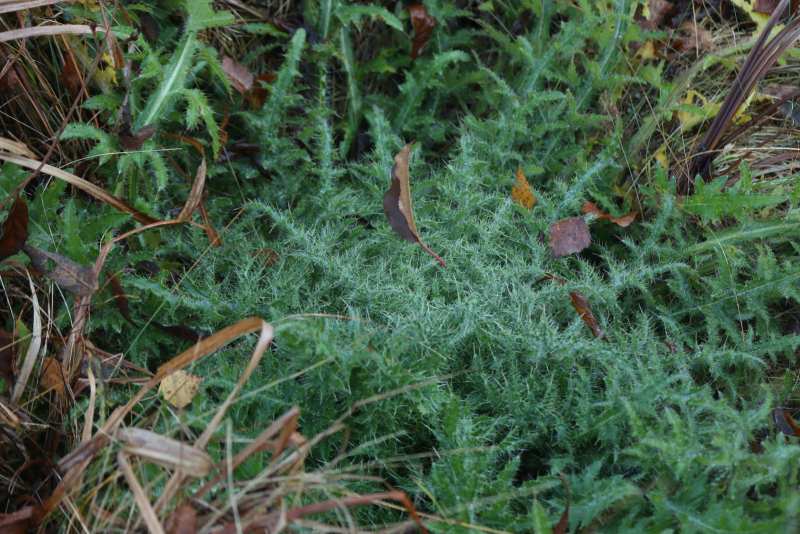A few more of the mushroom specimens snapped by Avalus at the natural burial forest.

Everything was totally dry and this one excreted water. I was (and still am) very puzzled. ©Avalus, all rights reserved
Thanks Avalus. I really like the different perspectives that you’ve used. Each one seems perfectly suited to its subject. Check back tomorrow for the next installment of ‘shrooms.































